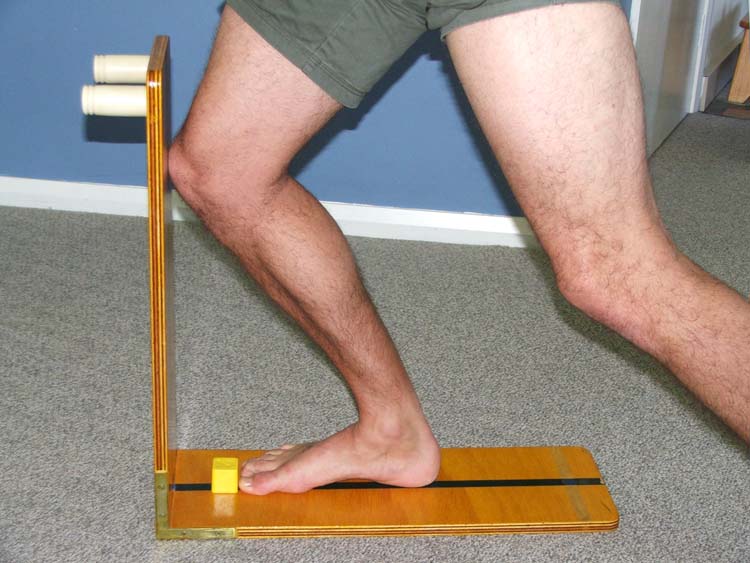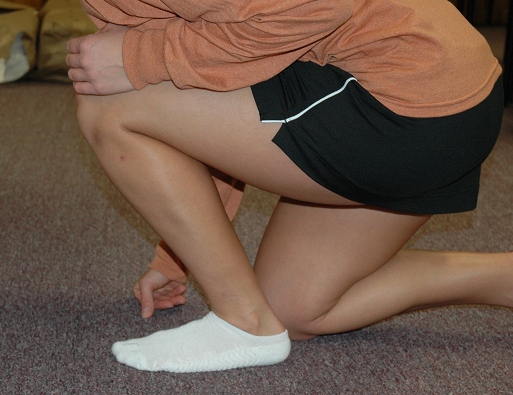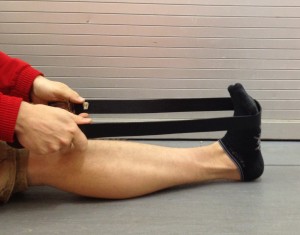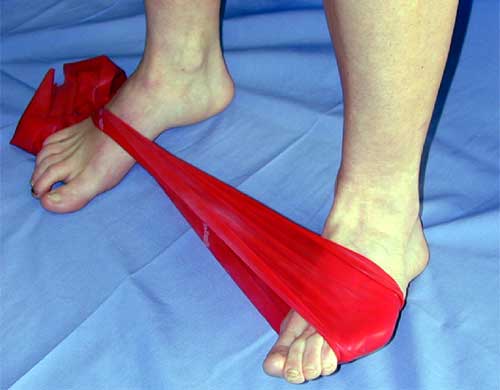The tarsal tunnel is a small passageway found inside the ankle, connected by soft tissue and bone. The tibial nerve runs through the tarsal tunnel, as do other tendons and blood vessels. Tarsal tunnel syndrome is a rare condition that is caused by damage to the tibial nerve of the branches of the tibial nerve. This damage is often caused by compression as the nerve passes through the tarsal tunnel.
What Are the Symptoms of Tarsal Tunnel Syndrome?
In most cases, symptoms you experience will be isolated to your ankle and/or foot, either in one spot or in numerous places. The symptoms can be instantaneous, often brought about repetitive motion of the foot or ankle. Some symptoms that you may experience include:
- Tingling and/or burning sensation
- Numbness
- Pain/shooting pain
- A sensation comparable to an electric shock
If you are experiencing one or more of the symptoms noted above, then you should pay a visit to your health care professional as soon as possible. If the condition is left untreated, it can result in irreversible nerve damage. This makes it imperative for your health care professional to be allowed the opportunity to properly assess you and your condition, so as to initiate the correct treatment program.
What Causes Tarsal Tunnel Syndrome?
On average, tarsal tunnel syndrome affects women more commonly than men. The condition can affects a person at any age, and can be caused by some of the following:
- Activities of repetitive stress, such as jogging
- Traumas and injuries, e.g. fractures, dislocation
- Heel varus or valgus
- Fibrosis
- Obesity
- Lesions in tarsal tunnel area, such as tumors
- Tendonitis
- Ankle inflammation cased by systematic disease, such as diabetes
How Is Tarsal Tunnel Syndrome Diagnosed?
To ensure proper diagnosis, it is essential to seek examination from specialized experts in the fields of neurology and nerve specialty. The diagnosis procedure will often include the following:
- A broad clinical exam
- Electrical testing (nerve conduction study and EMG)
- Imaging (MRI, CT, X-ray)
- Analysis of medical history
Proper diagnosis is essential to determine the severity of condition. Once proper diagnosis has been established, the proper treatment can be instilled.
Here is a video detailing everything you need about tarsal tunnel syndrome:
How Is Tarsal Tunnel Syndrome Treated?
The treatment offered to treat this condition vary depending on the severity of the condition. Treatments can include both surgical and non-surgical options. Some treatment methods are detailed below:
1. Heat and Cold
Applying a cold substance, such as ice, to the affected area help to reduce inflammation. This should be applied immediately after you condition has been aggravated. Hold the ice on the affected area for ten to fifteen minutes, every two to three hours.
2. Exercises
There are many exercises you can try to help you ease the condition, some of which are listed below:
 Testing calf muscle flexibility
Testing calf muscle flexibility
This involves lying on a couch with your feet hanging just over the edge. Gentle pressure is applied to the foot to text the flexibility of the calf muscles, gastrocnemius and soleus.
- Gastrocnemius muscle stretch
 A good stretch for the gastrocnemius that can be done by anyone involves standing whilst facing a wall, with both feet flat on the floor. Bend one knee and stretch one leg back, whilst keeping your feet on the ground and your leg straight. Hold for ten seconds and repeat three to four times a day, gradually increasing the holding time.
A good stretch for the gastrocnemius that can be done by anyone involves standing whilst facing a wall, with both feet flat on the floor. Bend one knee and stretch one leg back, whilst keeping your feet on the ground and your leg straight. Hold for ten seconds and repeat three to four times a day, gradually increasing the holding time.
 Soleus muscle stretch
Soleus muscle stretch
To perform a soleus stretch, bend your knee and lean forward whilst pressing your heel into the ground until a stretch is felt. If you feel little to no resistance, try lifting your toes off of the ground by placing a small object beneath them. Plantar fascia stretch
Plantar fascia stretch
This stretch is performed sitting; bend your knee slightly and pull the big toe and forefoot upwards, toward you. Hold for about thirty seconds, and repeat the stretch five times. Try to perform the stretch around three times a day. Resistance ankle inversion
Resistance ankle inversion
This involves a person applying pressure on the ankle, you can also use a table leg or chair to achieve the desired pressure. You must then move your foot inwards and against the resistance, holding for ten seconds. Resistance band ankle inversion
Resistance band ankle inversion
Attach one end of a resistance band to a fixed point and the other around your foot. Move your foot inwards and against the band. Slowly return your foot to resting position and repeat around ten to twenty times. Resisted eccentric inversion
Resisted eccentric inversion
This exercise requires another person to be performed. They must applied pressure to the foot, attempting to push the foot into pronation, as you resist the compression.- Heel toe walking
 This exercise involves walking with your heel pressed against the floor and your toes pointing up, then rolling the foot forward onto the toes. This can be varied by only walking on your heels, or walking only on your toes.
This exercise involves walking with your heel pressed against the floor and your toes pointing up, then rolling the foot forward onto the toes. This can be varied by only walking on your heels, or walking only on your toes.
3. Medication
If necessary, nonsteroidal anti-inflammatory medicines, such as ibuprofen or aspirin, are often recommended.
4. Surgical Treatment
If other treatments have not been successful in treating tarsal tunnel syndrome, and symptoms are seriously hindering a patient’s life, then surgery will often be offered. This surgery will most likely involve exploration of the tarsal tunnel, and decompression of the affected tibial nerve. As the nerve takes an extended period of time to heal after the surgical procedure, recovery time can range from three months to eighteen. The success of the surgery is not always guaranteed, and depends upon numerous factors, including the nature of the condition, and the damage sustained before surgery was applied.
